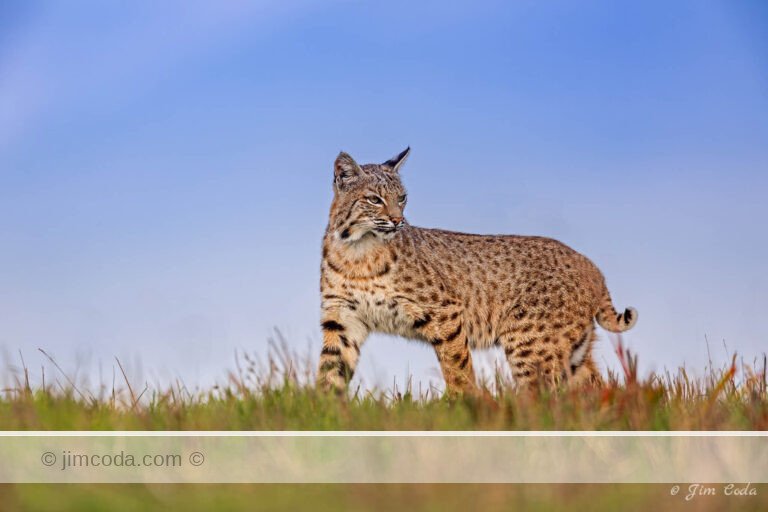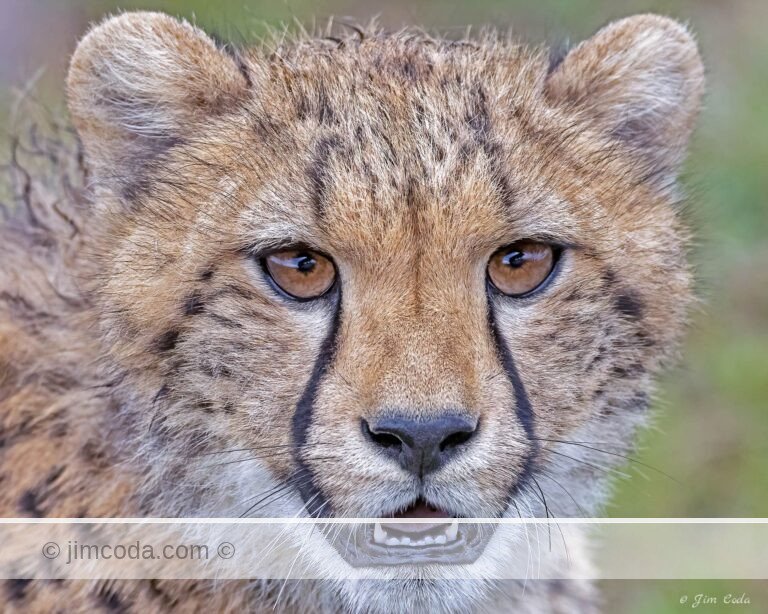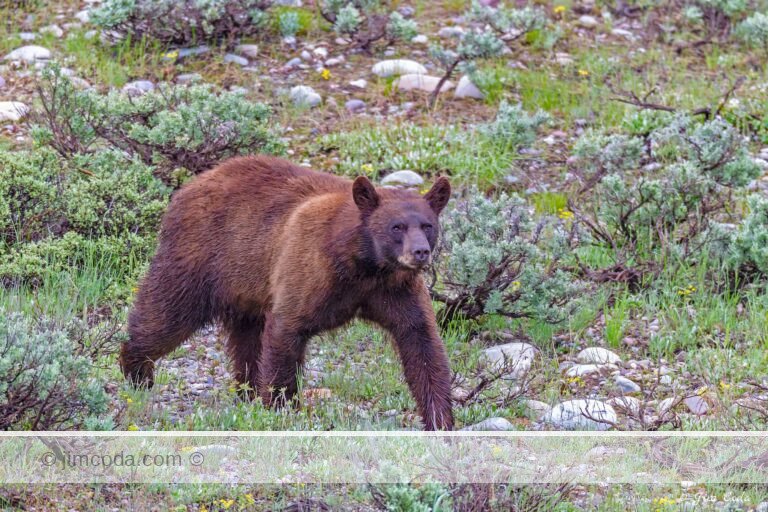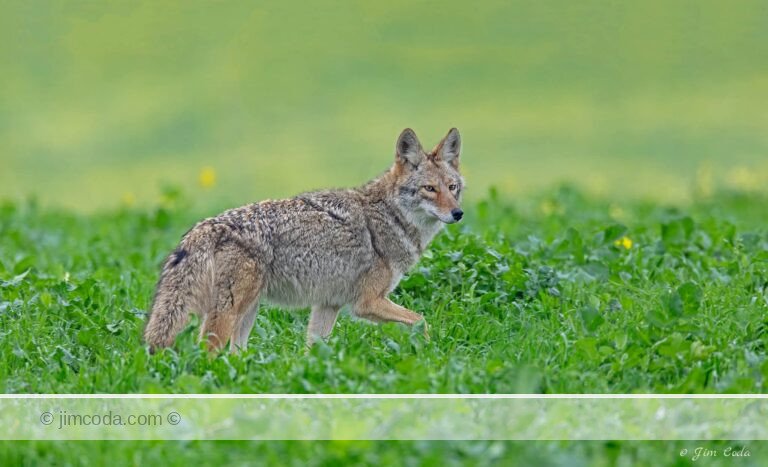Tag: ranching
Here is a photo I took in 2011 that I came across recently. I don’t know why I never put it on...
Coyote in the Ranching Area of Point Reyes National Seashore.
This coyote is standing in a ranch pasture...
Photo showing amount of grassy area in elk reserve at Point Reyes National Seashore.
Point Reyes National...
A Point Reyes National Seashore (PRNS) Bull Tule elk with Barbed Wire Caught in His Antlers
Skeleton...
No articles found
Prints for sale
Browse my selection of photos for sale as fine art prints
Filter by category
Sorry, no prints in this category









